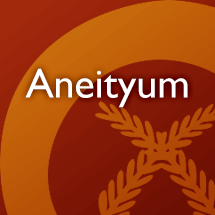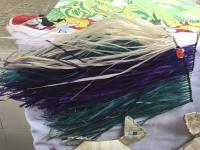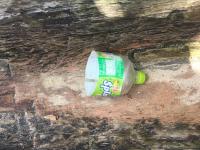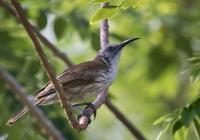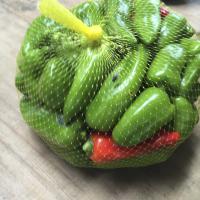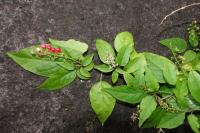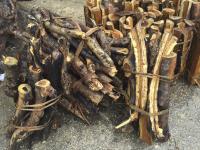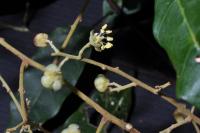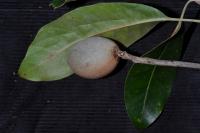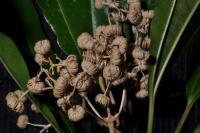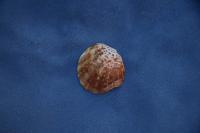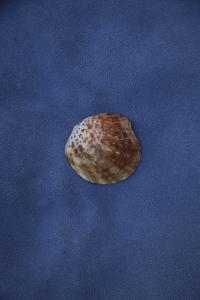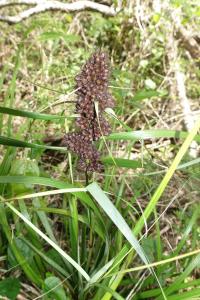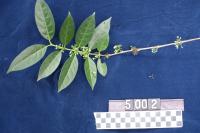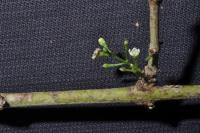This page has returned 100 entries
ianiv
n.
bookmarkidahod
v.
bookmarkidi
adj.
bookmarkigca pam
phr.
bookmarkigca pau
phr.
bookmarkigcahi
n.
bookmarkigcaijai
n.
bookmarkigcapahai
adj.
bookmarkigcapok
n.
bookmarkigcase
n.
bookmarkijmau
n.
bookmarkijumgan nijomcan

n.
Example: 1. The name of this plant translates as bad tooth, and relates to its use as a plant used to poison others. If one wants to commit an evil act against another, he or she will rub the leaves together and squeeze them over the targets food. It will make their teeth rotten and fall off quickly. More information witheld.
bookmarkilihilo
adj.
bookmarkimehei
n.
bookmarkimjav
adj.
bookmarkimraig
n.
bookmarkinbul
n.
bookmarkincacas
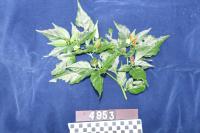
n.
Example: The young leaves are edible; these should be collected, boiled for ca. 8 minutes and eaten with other foods such as cassava. This is one of the local leaves that is said to taste quite good when cooked and mixed with other foods. Both the ripe (red) and unripe (green) fruits are added to soup and other foods as a spice or eaten fresh. The fruit of this cultivar is very hot. The fruit is also fed to chickens who seem to love to eat it.
bookmarkincai er hegaig
n.
bookmarkincai upunupun
n.
bookmarkincanaij yohon
n.
bookmarkincat
n.
bookmarkincat tal
n.
bookmarkincatyatou
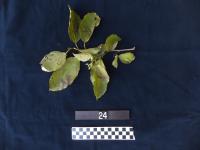
n.
Example: 1. For vomiting/uneasyness - remove the bark of a stem and take the inner bark (this should be white). Smash the white bark with about 150ml of cold water and drink. The bark can also be boiled and cooled down to drink cold. Believes when you vomit a lot this will restore your body and give you energy again. Take after vomiting but can use even when not sick. 2. For stomache ache - Can also be prepare and taken as in part 1. 3. For painful urination, also prepared as in part 1. 4. The fruits are sticky and used as a type of local “glue.” Collect the fruits when ripe, hold the outside of the fruit in the hand, and put the end of the fruit that has the sticky sap on paper or anything else needing to be glued. In ancient times, this sticky glue helped join the strings together that were used to make a long fishing line. 5. In ancient times this sticky glue helped join the strings together when making a long one for fishing. 6. During the heat of the day, in the hot season, take inner bark from 1 stick, scrape bark into 1 liter water and drink all day to help prevent a person from getting urinary infection, resulting in painful urination from being in the sun too much. 7. If you put the leaves of this plant in a bag with your fishing gear – it will help catch a lot of fish – magic. 8. Cut a 1-2 m long branch in each of 4 corners of the garden which is a rectangle, place it in an “X” at each corner, this will cleanse people who have not been cleansed who come in the garden. 9. If a person is not cleansed e.g. has not fasted from certain foods, the crops will not bear good fruits. So when gardening, people believe it is best not to eat coconut, shellfish, fish, stay away from sex, and no fermented food like breadfruit and bananas, OR if you have a visitor overnight and then you heal to cleanse yourself before going to the garden. After a woman finishes her period, she will stay out of garden for 10 days, this is specifically for kava, water taro, sugarcane and yam in the garden. Other crops – cassava, sweet potato, and taro Fiji are okay. Different Kastom for N, S, W, E people – so this Kastom is for South and Eastern people.
bookmarkincauaij aho
n.
bookmarkincei franse
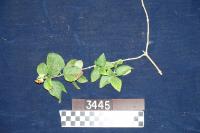
incei imtaig
n.
bookmarkincei u nasuantan

n.
Example: This is used to treat Ciguatera disease when a person eats fish that is contaminated. Squeeze juice from a handful of leaves of this herb into a cup, add a small amount of water, and drink 1 cup once a day for 3 days, or continue until the person feels better. This illness is a problem on Aneityum with the reef fish. It is better to eat fish that are farther out to sea. This treatment is also used for dogs who eat contaminated fish. Make the same preparation and forcibly pour this in their mouth as they will not drink it willingly. Do this treatment once daily until the dog feels better. The dogs get this illness because they are fed the scraps, especially the bones of the fish, and this is thought to be where the disease is found. This is considered to be a dangerous illness and dogs who get it frequently die.
bookmarkincei u nasuantan

n.
Example: The common name of this plant means "the plant that belongs to Nasuantan" that being the person who introduced it to Aneityum. He was a person taken from the island as a blackbirder and came back with this plant. It is used for medicine. When a person gets a fresh cut, squeeze the juice from the leaf and put the liquid on the cut to help it heal.
bookmarkinceideuc
n.
bookmarkinceihuri
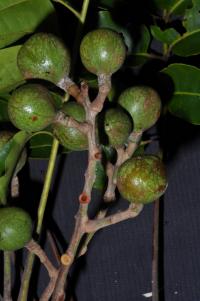
inceimohos
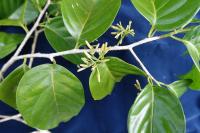
inceimu
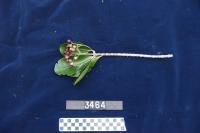
inceimu
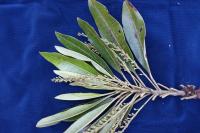
n.
Example: Used as a leaf compost for planting taro, layered on the bottom of the hole and covering the taro as well.
bookmarkinceipou
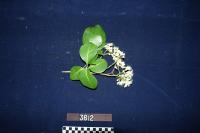
inceiwad
n.
bookmarkincejev ataheñ
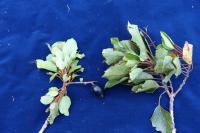
incepñekrei
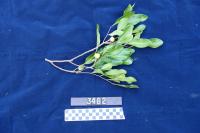
inceslum
n.
bookmarkincesmetaig
n.
bookmarkincet tal
n.
bookmarkincetcai
n.
bookmarkincetcanalaeñ
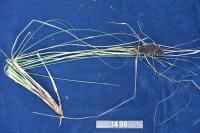
incetceianalañ
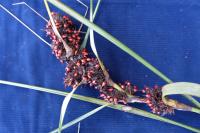
incetevak
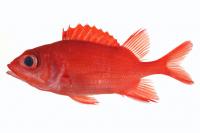
n.
Example: Photo by Jeffrey T. Williams / Smithsonian Institution, License: CC BY-SA 3.0 via Fishes of Australia
bookmarkincetevak

n.
Example: Photo by Jeffrey T. Williams / Smithsonian Institution, License: CC BY-SA 3.0 via Fishes of Australia
bookmarkincetevak
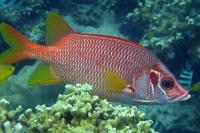
n.
Example: Photo by Andy A. Lewis / Lizard Island Research Station, License: CC BY-SA 3.0 via Fishes of Australia
bookmarkincijiñyat
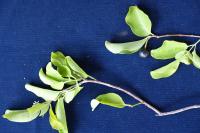
n.
Example: 1. This plant is used as firewood, but also the heartwood is sold. 2. In 2016, the first grade wood was 2500 VT per kilo, the second grade wood was 2000 VT per kilo. 3. The ancestors used to take the oil or wood chips from this tree and bathe with it to keep away evil spirits of the forest. It is currently planted on Aneityum for commerce. Scrape bark of sandalwood into coconut oil in same wat as GMP 3513 (gardenia) boil and take out the bark. 4. The leaves can be fed to pigs to make them strong and heavy.
bookmarkinciñpiñti
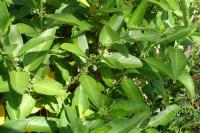
inciñyiñpa
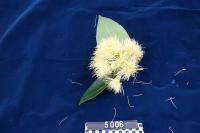
incipinti
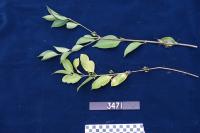
n.
Example: 1. The fruit of this species are poisonous. In ancient times the ancestors used the "fork" (branch growing out of main stem) of this wood to catch lobsters between the two parts of the stem. 2. Fertilizer for taro, in case you are not cleansed, it is ok as this plant as fertilizer will cleanse you.
bookmarkincipinti
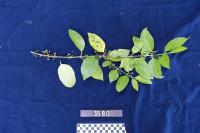
incipiñti
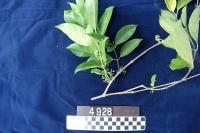
incipñekrei
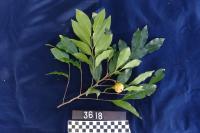
incispev
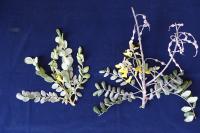
n.
Example: This plant is for medicine to treat a spiritual condition related to the coral snake that is the seawater spirit. When a woman is pregnant, some times she gets sick, so use this leaf with 2-3 other unspecified leaves and mash them together, squeeze the juice into a small cup (bamboo), wave around the woman’s body, and then put a few drops onto her head and body, then she drinks the rest. This will help heal her sickness. This treatment can be used for men who have a toothache from eating too much fish--the seawater spirit of the coral snake makes the tooth hurt. It is used in the same way as for a pregnant woman. If the pain from the toothache is really from the seawater spirit, then this will cure it; if not, it will not help.
bookmarkincispev
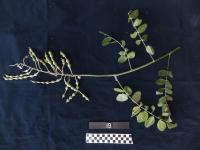
n.
Example: 1. To cure the sea snake (nispev) curse that causes missed periods. First the husband must combine 4 young leaves of incispev and 4 young leaves of nafanu and mash and squeeze the juice into a small bamboo (1-1.5 inch diameter) The nafanu is important because it is a plant that connects to the sea. Use wildcane leaves cover the bamboo closed. Go to the sick person and unwrap the snake from her. Start from the top and let the woman drink a small part of the potion then wash her with the mixture, making sure to wash head, elbows, knees, feet, and belly. Then take a leaf of naha and break it over the woman’s belly button to break the snake off. Smash the bamboo vessel to pieces. Leave the woman there until the wash dries on her. This takes one whole day and the ceremony in the evening so she can sleep and she must not eat. This ritual is performed by men.
bookmarkincopau
n.
bookmark